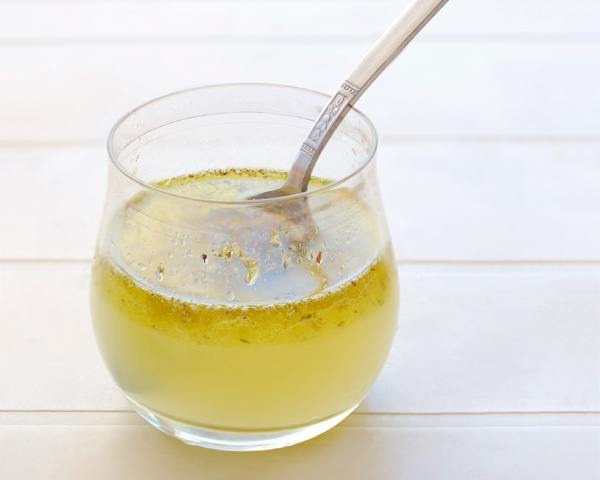Make Healthier Salad Dressing
As anybody who has gone shopping for readymade salad dressing at the store knows, a careful look at the nutrition facts label often reveals the unsurprising truth: When a dressing is lower in fat, it often has increased levels of sodium. As is so often true in life, you can't get something for nothing, and store-bought salad dressings are no exception.
Click here to see the Make Healthier Salad Dressing Slideshow
So, why not make salad dressing at home instead? The simplest dressing, vinaigrette, doesn't require much in the way of ingredients. Find an acid, an oil, and if you like, an emulsifier, throw in some seasonings, and you're all set. Well, almost.
For example, while you may have heard that a three-to-one ratio of oil to acid is the golden rule, it doesn't always add up to a healthier salad dressing. One tablespoon of olive oil, for instance, contains 120 calories and 14 grams of fat (while we're talking about olive oil, we should mention that most of that fat is monounsaturated fat — the good fat — but it is still fat).
So how do you make a healthier salad dressing that still tastes good? We turned to Jackie Newgent, RDN, CDN, for some professional advice. Newgent is a chef, registered dietitian, and author of several cookbooks, including 1,000 Low-Calorie Recipes, Big Green Cookbook, and The All-Natural Diabetes Cookbook. She is also an instructor at the IACP award-winning Institute of Culinary Education and a freelance recipe developer for Food Network kitchens. So Newgent understands both the nutritional and taste aspects of cooking, a rare combination.
To see what she had to say, check out the slideshow.
Will Budiaman is the Recipe editor at The Daily Meal. Follow him on Twitter @WillBudiaman.
